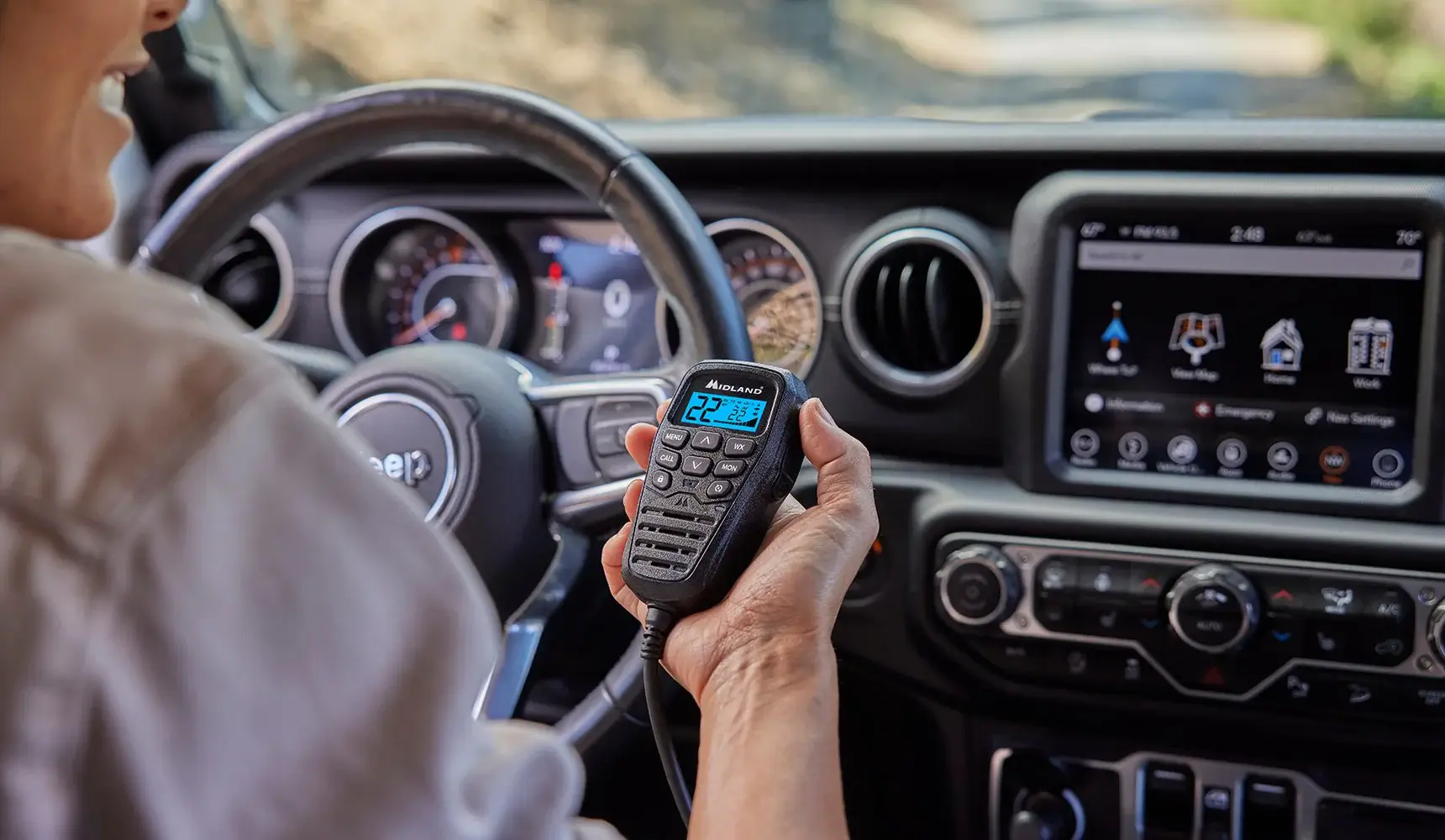Why GMRS Radios Outshine FRS Radios for Overlanding
When it comes to overlanding, effective communication is crucial. Whether you’re navigating remote trails or coordinating with fellow travelers, having a reliable way to stay connected can make a significant difference in safety and convenience. While both GMRS (General Mobile Radio Service) and FRS (Family Radio Service) radios are popular choices, GMRS radios offer distinct advantages that make them a superior option for overlanding adventures.
For a complete product listing of GRMS and FRS radios available at OK4WD, click here.
1. Greater Power and Range
One of the primary differences between GMRS and FRS radios is their power output. GMRS radios typically have a maximum power output of 50 watts, while FRS radios are limited to 2 watts. This substantial difference in power translates to a much greater range for GMRS radios, which can be essential when you’re traveling through vast, rugged terrains where obstacles can limit communication.
With GMRS, you can expect ranges of up to 50 miles under optimal conditions, whereas FRS radios might only offer up to 2 miles. In overlanding scenarios where you might be spread out across long distances, the extended range of GMRS radios ensures that you stay in touch even when your group is dispersed.

The Midland 5 Watt GXT67 Pro Waterproof GMRS Handheld Radio (pictured)
2. Superior Channel Availability and Flexibility
GMRS radios offer a broader range of channels and frequencies compared to FRS radios. While FRS radios are restricted to 22 channels and operate only on specific frequencies, GMRS radios operate on a mix of shared FRS channels and additional frequencies, allowing for a total of 30 channels. This flexibility provides more options for clear communication, reducing the likelihood of interference from other users and giving you access to higher power channels for longer-range communication.
Furthermore, GMRS radios often support repeater use, which can significantly extend their range by rebroadcasting signals. This feature is particularly useful in overlanding, where repeater systems can help maintain contact over greater distances and through challenging terrain.
3. Enhanced Durability and Features
Overlanding involves rough conditions and unpredictable weather. GMRS radios are generally built to be more rugged and durable, making them better suited for the demands of off-road travel. They are often equipped with additional features such as weather alerts, longer battery life, and improved build quality to withstand harsh environments. These features ensure that your communication equipment can handle the rigors of overlanding and provide reliable performance when you need it most.
In contrast, FRS radios are typically designed for lighter use and may not offer the same level of durability or advanced features. For overlanders who require robust and versatile communication tools, GMRS radios are the clear choice.
The Midland MXT575 50 Watt GMRS Mobile Radio (pictured)
4. Legal Considerations and Licensing
While both GMRS and FRS radios are regulated by the Federal Communications Commission (FCC), there are important differences in licensing requirements. FRS radios do not require a license, making them an accessible option for casual users. However, GMRS radios do require a license, which involves a relatively simple application process. The benefits of GMRS—such as higher power, extended range, and additional features—often outweigh the effort of obtaining a license for serious overlanders.
Conclusion
For overlanders seeking reliable, long-range communication, GMRS radios offer clear advantages over FRS radios. With superior power, extended range, greater channel flexibility, and enhanced durability, GMRS radios are better equipped to meet the demands of overlanding adventures. While the licensing requirement for GMRS radios might seem like an additional step, the enhanced performance and features they provide make them a worthwhile investment for anyone serious about off-road travel and communication.





